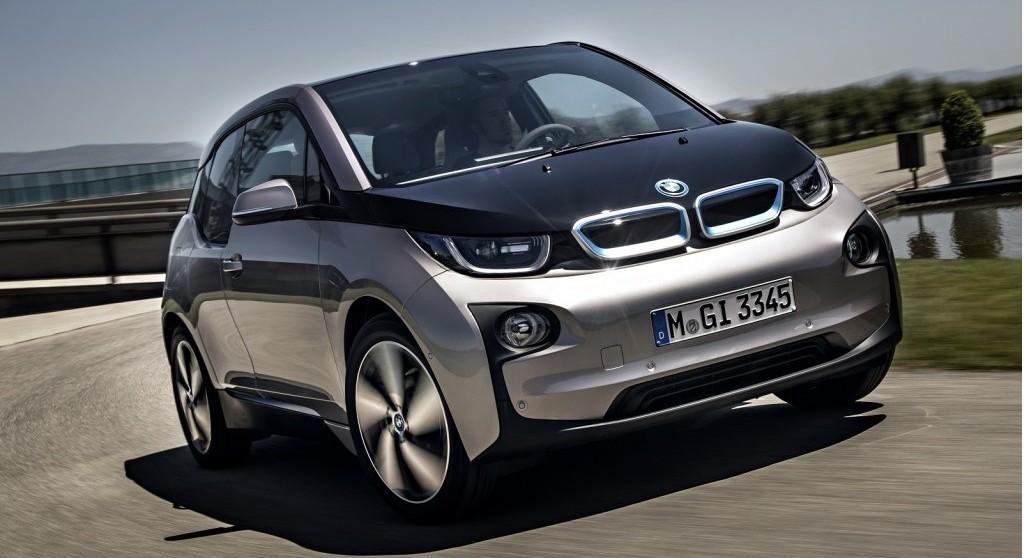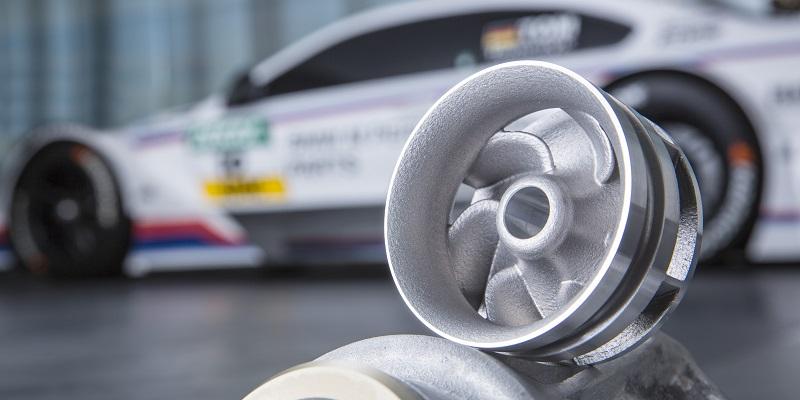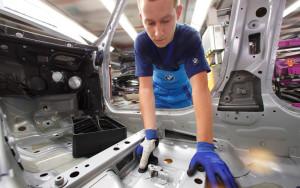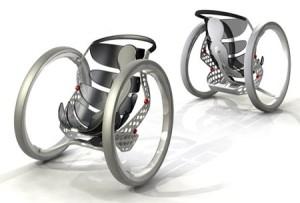 3D printing is rapidly becoming one of the fastest adopted manufacturing and prototyping technologies throughout the automotive industry. Recently it has been used to manufacture engine parts, customized exhaust systems, a replica of historical race cars and even entire road-ready cars. While 3D printing is not a new technology by any means, it is only in the last half-decade that it has started to become adopted by most of the automobile manufacturing industry. But not everyone is just now jumping on the 3D printing bandwagon, some companies can be considered pioneers and have been using it for decades.
3D printing is rapidly becoming one of the fastest adopted manufacturing and prototyping technologies throughout the automotive industry. Recently it has been used to manufacture engine parts, customized exhaust systems, a replica of historical race cars and even entire road-ready cars. While 3D printing is not a new technology by any means, it is only in the last half-decade that it has started to become adopted by most of the automobile manufacturing industry. But not everyone is just now jumping on the 3D printing bandwagon, some companies can be considered pioneers and have been using it for decades.
German automobile company BMW was a very early adopter of 3D printing and additive manufacturing technology, and this year marks the twenty-fifth year that they have used it to build better cars. When they opened their Rapid Technologies Center back in 1990, they primarily used their stereolithography machine to 3D print early concepts and component prototypes. The parts would often be used as a proof of concept before they moved on to traditional tooling, or be used for model vehicles. However, according to BMW those early positive experiences with 3D printing helped shaped how the company used 3D printing today, and how they will be using it in the future.
“The targeted use of innovative additive procedures at an early stage has made us one of the pioneers and leaders in 3D printing over the past years. At the BMW Group Technology Office in Mountain View, Silicon Valley/USA, we are now even conducting a first test run with the new CLIP (Continuous Liquid Interface Production) technology,” explained BMW’s head of Production Strategy, Technical Integration and Pilot Plant Dr. Udo Haenle.
Today 3D printing is used in several of the company’s car design and fabrication processes throughout its global operations. The company says that additive manufacturing technologies are ideal tools to use while producing new lines of cars and were heavily used in the design process of its BMW i plug-in electric car sub-brand that was launched back in 2011. At this point 3D printing is used in all of the company’s prototyping and concept car production efforts. They also commonly use 3D printing to produce small batches of working customized car parts to validate and test vehicles and concepts.
BMW is also looking beyond manufacturing their car parts and components and working 3D printing into other areas of their business as well. Back in 2014 the company designed 3D printed ergonomic tools that reduced thumb joint strain that many of their vehicle design workers suffered from. The strain was caused by common repetitive assembling processes, and each tool was customized for each individual worker’s hands. Additionally, BMW will soon offer their customers the option to include custom 3D printed components made specifically for their car. They have also recently begun using 3D scanning and 3D printing to reproduce hard-to-find parts for classic or collectible cars.
And beyond car parts and prototyping, workers at BMW’s Rapid Technologies Center 3D printed prototypes for one-of-a-kind wheelchair seats for the British Paralympics basketball team intended to improve their game. To make each chair the perfect fit, each player had their entire body 3D scanned so the seat would be design around them, and could be optimized to be lighter and more durable.
The BMW Rapid Technologies Center is housed in Munich, alongside the company’s headquarters, the BMW museum and one of the company’s oldest assembly plants. The center currently works on almost 25,000 prototype requests a year, in addition to producing over 100,000 3D printed components for in-house clients each year, and that is expected to continue to grow rapidly. 3D printing isn’t just a tool that BMW uses, after a quarter of a century of use, it has evolved into an essential part of their car development process and is set to become even more important in the future. Let’s hear your thoughts on this company’s use of 3D printing for a quarter of a century in the BMW 3D Printing forum thread on 3DPB.com.
Subscribe to Our Email Newsletter
Stay up-to-date on all the latest news from the 3D printing industry and receive information and offers from third party vendors.
You May Also Like
Profiling a Construction 3D Printing Pioneer: US Army Corps of Engineers’ Megan Kreiger
The world of construction 3D printing is still so new that the true experts can probably be counted on two hands. Among them is Megan Kreiger, Portfolio Manager of Additive...
US Army Corps of Engineers Taps Lincoln Electric & Eaton for Largest 3D Printed US Civil Works Part
The Soo Locks sit on the US-Canadian border, enabling maritime travel between Lake Superior and Lake Huron, from which ships can reach the rest of the Great Lakes. Crafts carrying...
Construction 3D Printing CEO Reflects on Being Female in Construction
Natalie Wadley, CEO of ChangeMaker3D, could hear the words of her daughter sitting next to her resounding in her head. “Mum, MUM, you’ve won!” Wadley had just won the prestigious...
1Print to Commercialize 3D Printed Coastal Resilience Solutions
1Print, a company that specializes in deploying additive construction (AC) for infrastructure projects, has entered an agreement with the University of Miami (UM) to accelerate commercialization of the SEAHIVE shoreline...

































